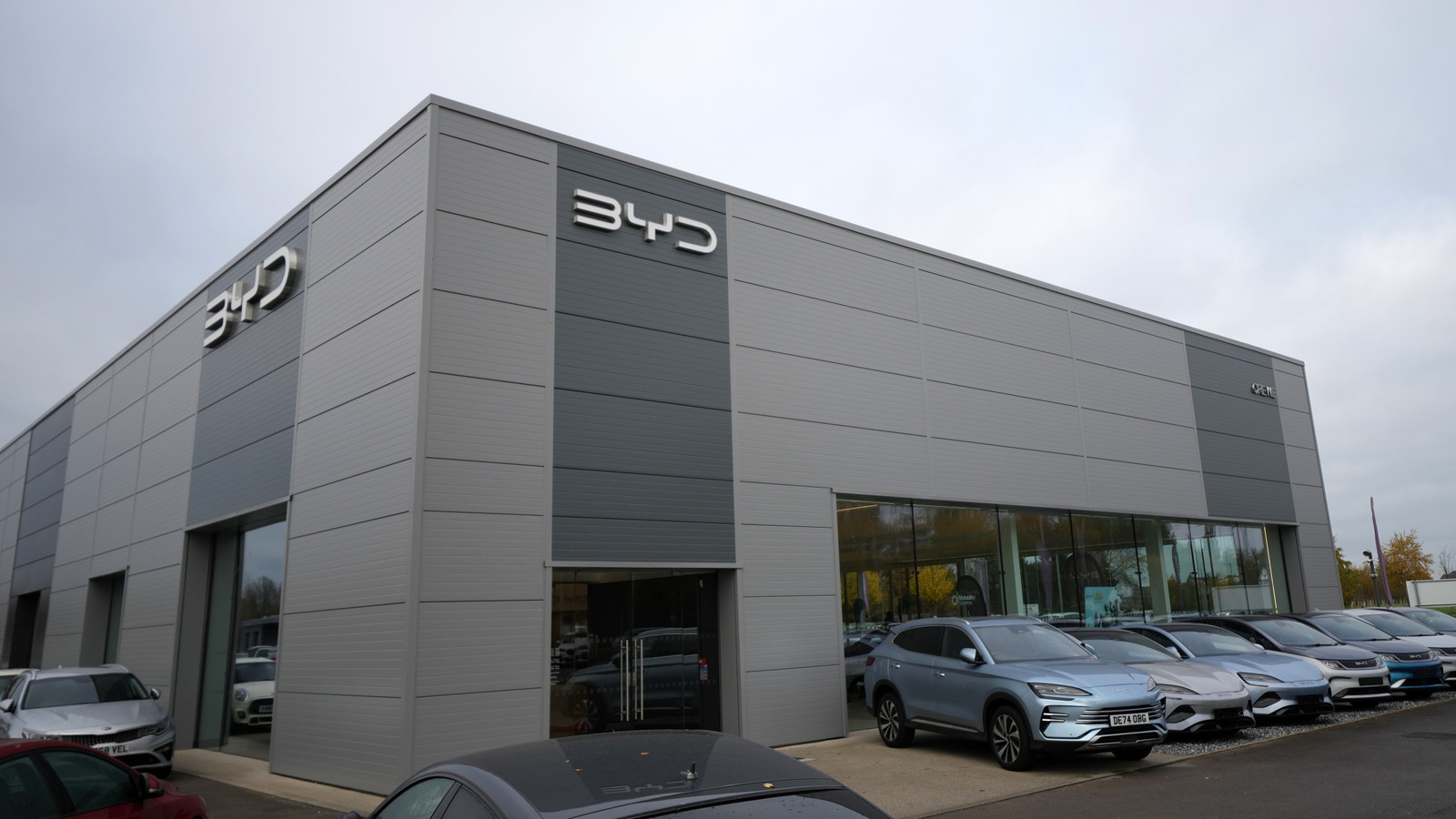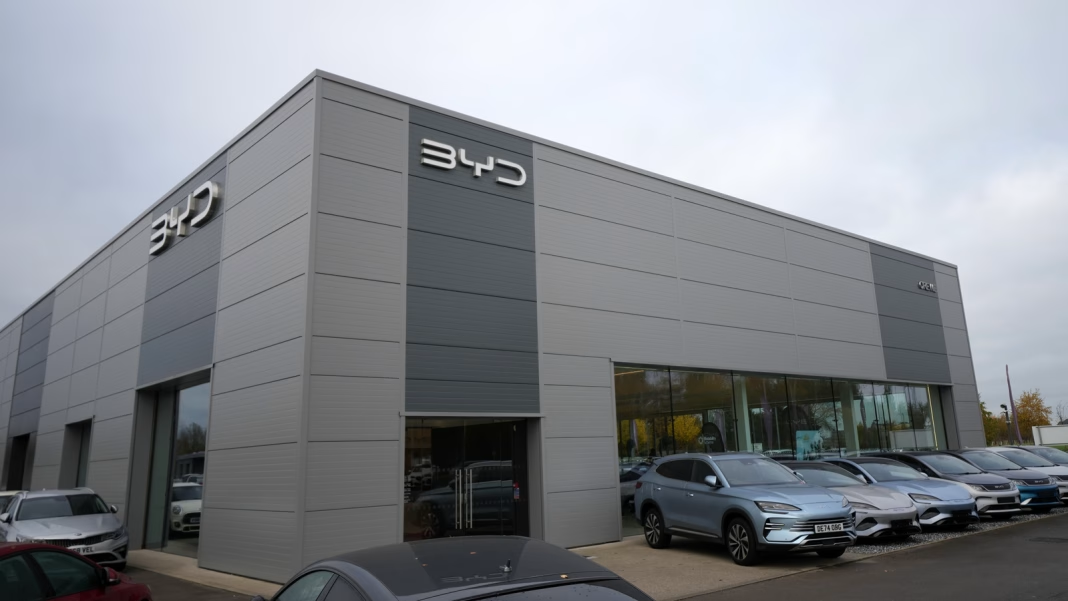A significant shift is brewing in the automotive landscape, and it’s one that American car manufacturers can’t afford to ignore. Recent insights reveal that a whopping 76% of auto executives believe Chinese car brands will soon make their way into the U.S. market. But here’s the kicker: 70% of those same executives are bracing for a hit to their market share once these brands arrive. So, what does this mean for the future of the automotive industry in America?
Understanding the Chinese Automotive Surge
The rise of Chinese automotive brands isn’t just a passing trend; it’s a reflection of a rapidly evolving global market. Chinese manufacturers have been ramping up their production capabilities and investing heavily in technology, design, and sustainability. Companies like BYD and NIO are not just looking to compete; they’re aiming to redefine what consumers expect from their vehicles. With electric vehicles (EVs) gaining traction, these brands are well-positioned to capture the attention of eco-conscious buyers in the U.S.
What’s driving this confidence among Chinese automakers? For starters, the U.S. market is one of the largest in the world, and the demand for affordable, high-quality vehicles is ever-present. As American consumers become more open to exploring options beyond traditional domestic brands, the allure of innovative features and competitive pricing from Chinese manufacturers becomes increasingly appealing.
The Impact on American Automakers
For American auto executives, the prospect of Chinese brands entering the market is a double-edged sword. On one hand, it’s a wake-up call to innovate and adapt. The fear of losing market share is palpable, and rightly so. The automotive industry has seen significant shifts before, but this could be one of the most disruptive yet.
Consider the case of Tesla. When it first entered the market, many established automakers dismissed it as a niche player. Fast forward to today, and Tesla has not only reshaped consumer expectations but has also forced traditional manufacturers to rethink their strategies. The arrival of Chinese brands could spark a similar revolution, pushing American companies to enhance their offerings and rethink their pricing strategies.
Navigating the Competitive Landscape
So, how can American automakers prepare for this impending competition? Here are a few strategies that could help them stay ahead:
1. **Embrace Innovation**: Investing in technology and research is crucial. Whether it’s enhancing electric vehicle capabilities or integrating advanced driver-assistance systems, staying at the forefront of innovation can help maintain consumer interest.
2. **Focus on Sustainability**: As environmental concerns grow, consumers are increasingly prioritizing sustainability in their purchasing decisions. American brands that can showcase their commitment to eco-friendly practices will likely resonate more with today’s buyers.
3. **Enhance Customer Experience**: Building strong relationships with customers can set brands apart. Offering exceptional service, personalized experiences, and community engagement can foster loyalty that withstands competitive pressures.
4. **Adapt Pricing Strategies**: With Chinese brands likely to offer competitive pricing, American automakers may need to reevaluate their pricing structures. Finding the balance between quality and affordability will be key.
5. **Collaborate and Learn**: Instead of viewing Chinese brands solely as competitors, there’s an opportunity for collaboration. Learning from their successes and strategies could provide valuable insights for American companies.
The Road Ahead
As the automotive industry stands on the brink of a new era, the arrival of Chinese brands in the U.S. could reshape the market in ways we can only begin to imagine. It’s a time for American automakers to reflect, adapt, and innovate. The big takeaway? The future isn’t about perfection—it’s about smarter adjustments. Start with one change this week, and you’ll likely spot the difference by month’s end. Embracing this challenge could not only safeguard their market share but also lead to a more dynamic and exciting automotive landscape for consumers.


